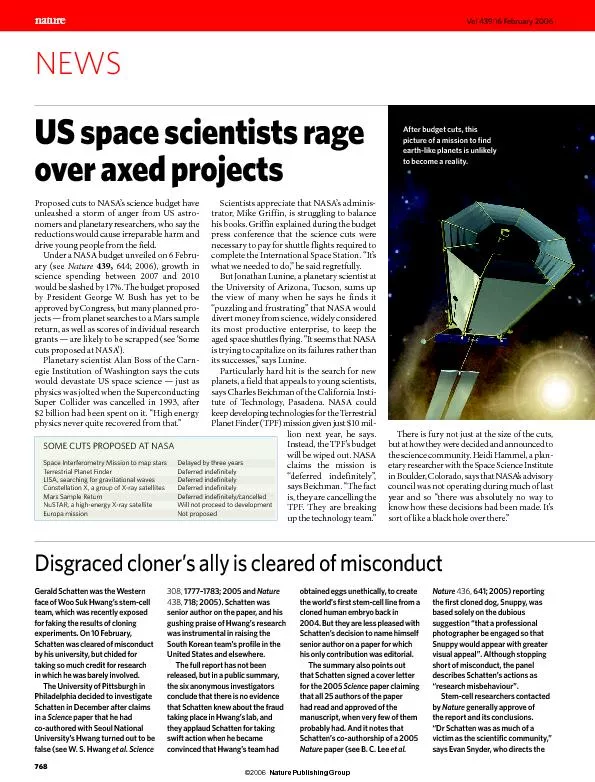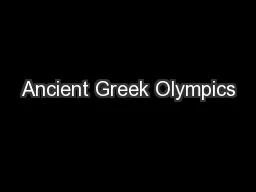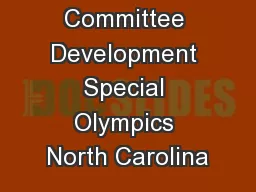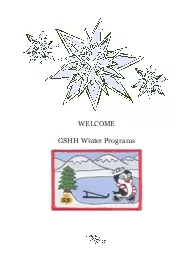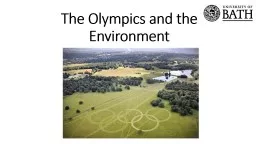PDF-WINTER OLYMPICS
Author : phoebe-click | Published Date : 2016-03-01
From the science of artificial snow to extreme medical treatments wwwnaturecomnews NATURE Vol 439 16 February 2006 NEWS 769 stemcell programme at the Burnham Institute
Presentation Embed Code
Download Presentation
Download Presentation The PPT/PDF document "WINTER OLYMPICS" is the property of its rightful owner. Permission is granted to download and print the materials on this website for personal, non-commercial use only, and to display it on your personal computer provided you do not modify the materials and that you retain all copyright notices contained in the materials. By downloading content from our website, you accept the terms of this agreement.
WINTER OLYMPICS: Transcript
Download Rules Of Document
"WINTER OLYMPICS"The content belongs to its owner. You may download and print it for personal use, without modification, and keep all copyright notices. By downloading, you agree to these terms.
Related Documents

